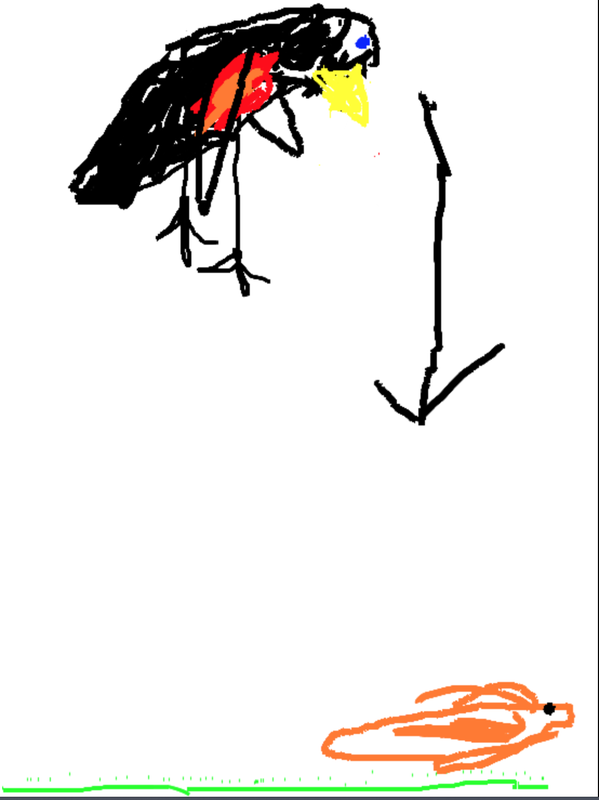Did you know that our bodies create about a gallon of mucus in just two days! I do. In fact, I know a lot of other interesting information about the human body, and YOU WILL TOO if you read my paper! Within this document, you will find six different body system essays including the muscular, skeletal, circulatory, respiratory, digestive, and nervous systems, which all work together to operate our body. All of these systems have different components, each with their own unique functions that help to keep us alive. However, each system cannot operate alone - they need each other to be successful. For example, the nutrients gathered by the digestive system get distributed throughout the body in the circulatory system! Over the previous 12 weeks, we gathered information, organized our thoughts, and paraphrased what trusted websites taught us about each system. We worked with responsibility partners and our papers definitely benefited from the collaboration. Just like each human body system needs to rely on the other systems, we relied on each other to improve our writing and our process. The following is the result of our hard work... Skeletal System: Our skeletal system is made up 206 bones. These bones work together to provide our body with support so that we can stand, help us to move so we can walk around, and protect our vital organs like our heart and our brain! Our bones even make and store blood cells for our circulatory system! Without our bones, we would be nothing more than a pile of skin, organs, and muscles on the floor. We wouldn’t be able to move and our organs wouldn’t be safe! Our bones are made up of many layers. These layers are important because we need our bones to be strong, yet lightweight. In order to achieve this goal, the outside layer of bone is made up of solid, compact bone that makes our bones strong and dense. The next layer of bone is called callousness (a.k.a. spongy bone). This layer allows our bones to be lightweight and transitions us from compact bone into bone marrow. Bone marrow is a thick and spongy section in the middle of bone where red and white blood cells are formed. Finally, our bones are all covered in a thin membrane called peritoneum which is where our muscles attach to bones. So that is how bones are structured in order to keep our bodies strong, yet lightweight! Although bones are extremely important, we wouldn’t be able to move without joints! Joints are places where two or more bones meet. There are several types of joints in our bodies, but...
Reflection:
I'm worried about the metal that we are going to be using and the lightning storms. Also I'm afraid it will rust from the dust stroms.I wonder if we will even survive. Job Is A Welder
Absent For The First Part. |
Questions1. Can you feel it when your pupils dilate? 2. Do you have any control over your pupils when they dilate? 3. What do we call this when a reflex happens without our control? 4. Why do our pupils get bigger in the dark and smaller in the light? 5. How does this reflex protect our eyes? | Answer
|
Science Companion Prime
http://sd25.sciencecompanionprime.com/tutti/content/activity/launchViewer.svc?activityId=84D3FF2491CF48168431F4E71C8F3282&reviewUserId=&getUserData=1&doSave=1&readOnly=0
http://sd25.sciencecompanionprime.com/tutti/content/activity/launchViewer.svc?activityId=84D3FF2491CF48168431F4E71C8F3282&reviewUserId=&getUserData=1&doSave=1&readOnly=0
- People Haven't been able to go to Mars
- There are space ships are there
- Volcanoes are as big as Missouri at Mars
- There looking for rocks and minarels at mars
- there are two levels on there space ship
- There was very good proof
- They are creating a mechine that create pee into drink able water
| Questions
| Answers
|
Author
Write something about yourself. No need to be fancy, just an overview.
Archives
June 2016
May 2016
April 2016
March 2016
February 2016
January 2016
December 2015
November 2015
October 2015
September 2015
August 2015



















 RSS Feed
RSS Feed
